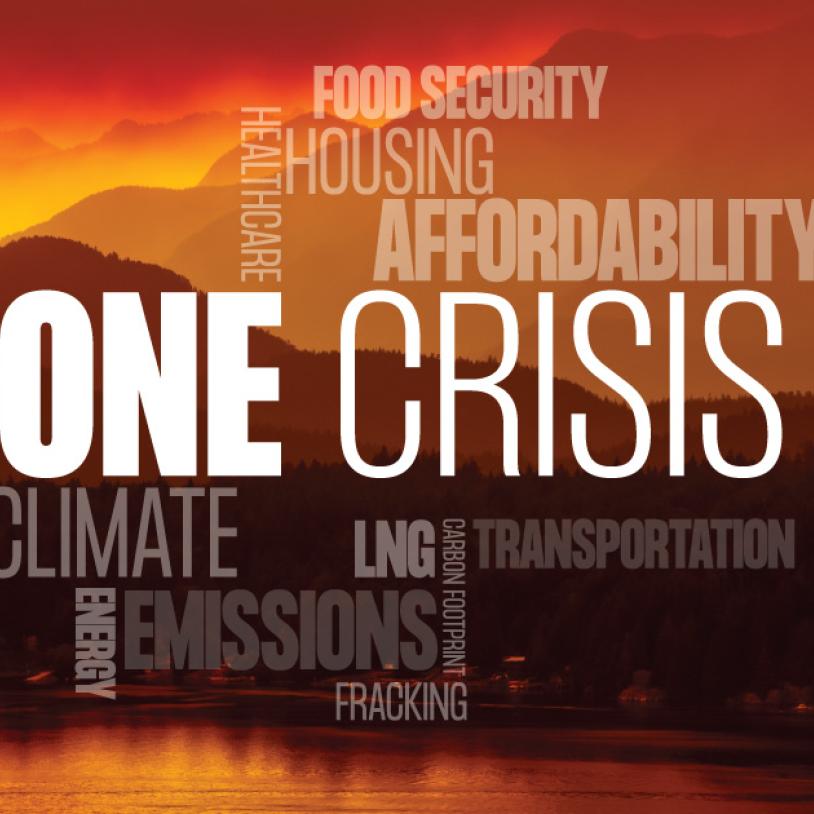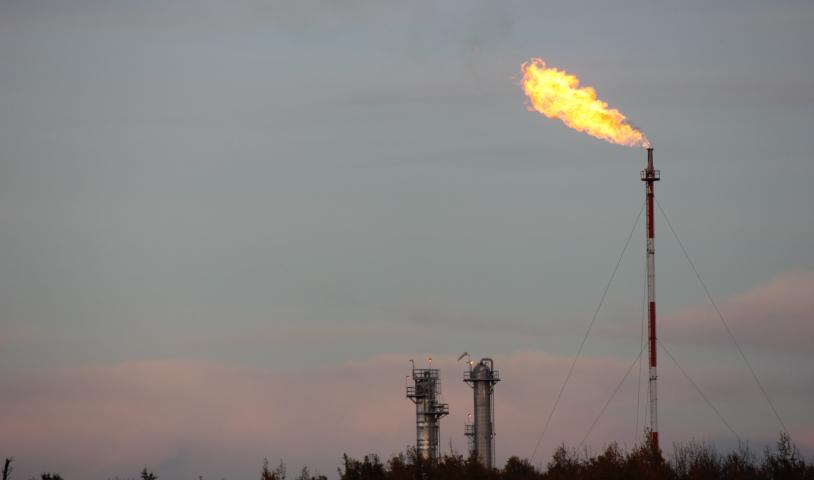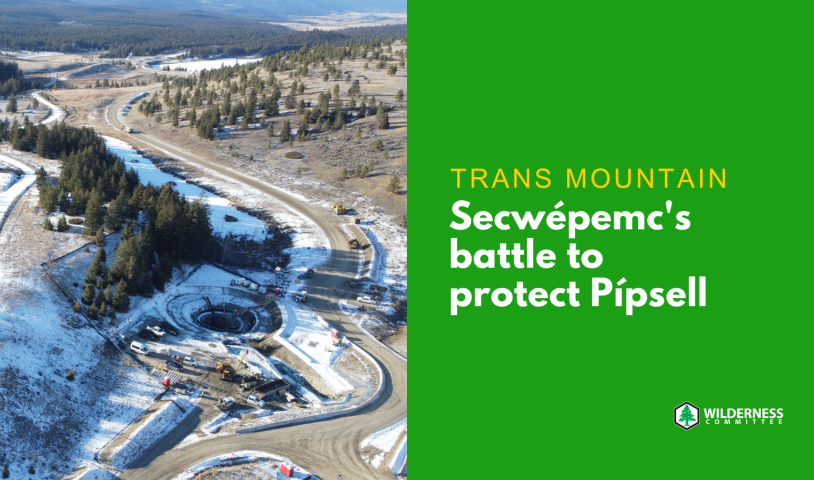Trans Mountain Pipeline Financials: Built on Quicksand and Clear as Mud
Wednesday, April 10, 2019 Assessing the Ongoing Cost of the Acquisition and Development of the Trans Mountain Expansion Project to Taxpayers
Assessing the Ongoing Cost of the Acquisition and Development of the Trans Mountain Expansion Project to Taxpayers
Executive Summary and Recommendations
The controversial Trans Mountain Expansion Pipeline Project being undertaken by the Canadian government is trying to move oil from the oil sands through a pipeline built on financial quicksand.
The government of Canada has structured the acquisition of the Trans Mountain Pipeline, its planned expansion and ongoing operation in a way rendering it impossible to determine how much taxpayers are paying now and will pay in the future. According to the government, this is an economic development project that is being carried out in the national interest and, therefore, does not need to adhere to standard commercial measures of success or failure. This approach may also impair the government’s ability to market and sell the completed pipeline in the commercial market and to report transparently to the public on its financial performance.
The government has an obligation to tell its citizens how much the Trans Mountain Pipeline project is costing. In fact, a careful, ongoing accounting is of even greater importance given: the controversial nature of the project, the lack of commercial standards, the size and complexity of the acquisition, construction and operations, and the risks involved with a resale of the pipeline in a low-priced, volatile global oil and gas market.
Recently, the Parliamentary Budget Officer (PBO) of the Canadian Parliament issued an oversight study examining the economic impacts of the government’s purchase and development of the Trans Mountain Pipeline. The study estimated the potential cost of the pipeline and it assessed certain risk factors that might impact the cost, such as construction expenditures, timing and additional mandates. It also examined the short- and long-term employment outlook related to the pipeline. The study was an important first step in assessing the economic impact of the project.
The Institute for Energy Economics and Financial Analysis (IEEFA), is concerned with the fiscal implications of Canada’s expenditures on the Trans Mountain Pipeline project. How much are Canadian taxpayers paying for the pipeline and, ultimately, how much will be recovered if and when the government’s plan to sell the finished pipeline succeeds?
This project is a multi-billion-dollar, multi-year expenditure involving numerous federal agencies and public/private companies. The Canadian government has already routed payments to fund and develop the pipeline through a maze of government agencies with different missions, reporting mechanisms and accounting standards. The government has committed to spending $5 billion for the purchase of the pipeline, $1 billion for construction to expand it and another $500 million to underwrite environmental liabilities. By the time an outside observer tracks where this money is going, it will be difficult to determine who borrowed what from whom, how much is owed by which government agency, who is paying it back and how much—if any—will be repaid.
The Canadian government has now become the owner of an active pipeline a business that generates revenue and expenses. Since August 2018, when the transfer from Kinder Morgan took place, there has been no full accounting of ongoing operations: Who is collecting revenue, for what purpose and are they responsible for all costs, or some of the costs? Who, for example, pays interest on the debt that was incurred to fund the purchase? Without knowing the answer to these and other questions, taxpayers cannot even discover how much they have already paid—and will continue to pay—for the pipeline.
This situation can be remedied but it will take thoughtful executive action and leadership to address. The executive needs to design a tax-dollar monitoring project that brings all of the debt, financing costs, revenues and expenses into one set of books. This IEEFA report provides a blueprint that, if implemented, would reveal where the money has gone up until now and how it is being accounted for. IEEFA also outlines the components that need to be reported to the public, based on a uniform system of reporting among several government agencies and private corporations. The money spent by the Canadian government to date and anticipated future expenses and transaction costs must be disclosed transparently. Thus far, the government has allowed a complicated web to develop that clouds understanding.
An accurate ongoing accounting can be made only after executive overseers provide the framework to determine:
- How much has the Canadian government already spent on the project?
- How much will be spent in the future, including the cost of construction and additional subsidies?
- What organization(s) within the Canadian government are responsible for paying off related indebtedness, and on what terms
- What are the current operating revenues and expenses of the pipeline in its current form?
- Will the design of future toll rates cover all actual expenses, including capital costs, or will there be further subsidies required to bridge the operating deficits of the pipeline?
- How will any positive cash flow from pipeline operations be used?
A simple example will illustrate the importance of full transparency: In November 2018, the Minister of Finance released a report that concluded that since the transaction closed in August 2018, the Trans Mountain entities had earned $70 million before depreciation, interest, taxes or amortization. This revelation made headlines. Since then, the Trans Mountain Corporation, to whom the accounting conclusion was apparently attributed, has not produced any reports that either confirm or deny this information. The taxpayer has no way of knowing what the $70 million figure actually means or if it involved an actual surplus, nor how the money was spent. This lack of accurate accounting delivered in a reasonable timeframe in relation to the finance minister’s public disclosure raises serious concerns. The lack of a detailed follow-up diminishes the credibility of the institutional standing of the Department of Finance, which bears responsibility for instilling confidence in both the public and the markets in each and every disclosure it makes about the public purse.
A full accounting of all revenue and all expenses, including debt, is required for Canadian taxpayers to understand whether the ongoing operation of the pipeline covers its operating costs. Recent research indicates that the project is actually not profitable when applying basic accounting standards.
The commercial standing of Trans Mountain is one matter; the budget of Canada another. How much money are taxpayers spending from annual budgets and what impact does it have on the country’s deficit? The Minister of Finance is to be commended for singling out this initiative in his budget update. The government, however, needs to do this in a regular and comprehensive way. It has promised that this project would not increase the deficit, but without clear reporting, it will be impossible to know if the government is delivering on that promise. Indeed, the budget update obscures the true impact on Canada’s budget, since it did not provide a full accounting of the transaction or its impact on the deficit.
What is needed is a clear monitoring plan that has the support of the executive and legislative branches of the Canadian government that would provide the public with a regular report on how much is being spent, and, ultimately, how much the project will cost. Absent such a transparent approach, government or corporate officials may offer figures that will be inherently misleading. The public debate on a sensitive and controversial issue could ultimately be reduced to a frustrating array of charges and counter-charges without a rigorous monitoring plan in place.




